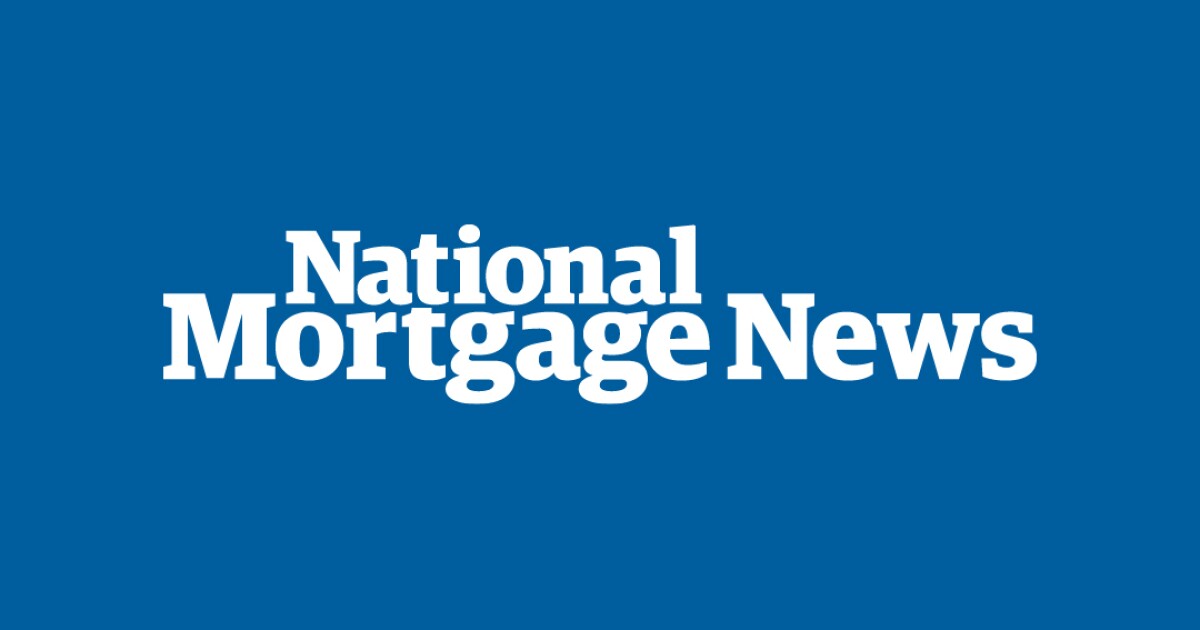
A legislation-mandated credit score update could do a lot to help a mortgage market running short on viable origination leads, according to a new study by one of the companies involved.
Adoption of the VantageScore 4.0 model that two government-related loan buyers are moving to could add up to an estimated $1 trillion in annual originations to the market, the study finds.
"The research indicates that there is going to be a significant amount of new business that's going to come into the marketplace," said Anthony Hutchinson, senior vice president of industry and government relations at VantageScore, in an interview.
Industry executives coming off a tough year are wondering what the transition will cost and how many borrowers it'll bring in.
VantageScore and FICO, the credit score provider that's currently used, which also has a more advanced score modeling it's launching, previously have provided some estimates related to growth in the number of borrowers served; but the former said its new research takes a deeper dive into how many might realistically qualify using its metric.
FICO has said lenders could underwrite roughly 5% more borrowers without taking on additional risk using its more modern 10T score rather than the current "classic" version. VantageScore has previously estimated more than several million more borrowers will qualify with 4.0's use.
The current research takes that a step further by looking at how many people ages 25 to 65 have a qualifying score of 620 or higher, coming up with a total of 4.9 million, then narrowing that down further based on median home prices and average household size of 1.83 adults.
(There are notable limits on available resales currently and new construction to some degree plays a larger role in the market at nearly one-third of inventory, but existing homes still dominate.)
Once the additional filters get applied using forecast resale home prices of around $361,100 for 2023 and $373,300 for 2024, VantageScore comes up with the maximum $1 trillion estimate based on an additional 2.7 million borrowers being likely to join the market.
Many of the borrowers would be from markets Fannie Mae and Freddie Mac have mandates to reach.
"When you take a look at markets that we penetrate highly, specifically rural markets and some of the minority markets, a lot of the folks that are in this populace fall in there," Hutchinson said.
A high percentage of borrowers that would become eligible using VantageScore 4.0 aren't people with thin credit files but rather people with debt management histories considered inactive due to lack of a reported tradeline in the last six months.
Some of the differentiation between VantageScore and FICO is contingent on philosophies related to how much use is necessary to constitute a reliable credit track record, with the latter being generally more cautious on that point.
An analysis of VantageScore's ability to predict a loan's relative default rate between 2020 and 2022 assessed on a 100-point scale where higher numbers are better ranked it 68.6 for originations and 84.2 for outstanding loans.
While Fannie and Freddie's credit measure update may not fully materialize until 2025, VantageScore and FICO have encouraged lenders to experiment with 4.0/10T in the private market in the meantime if they want to familiarize themselves with the metrics.



